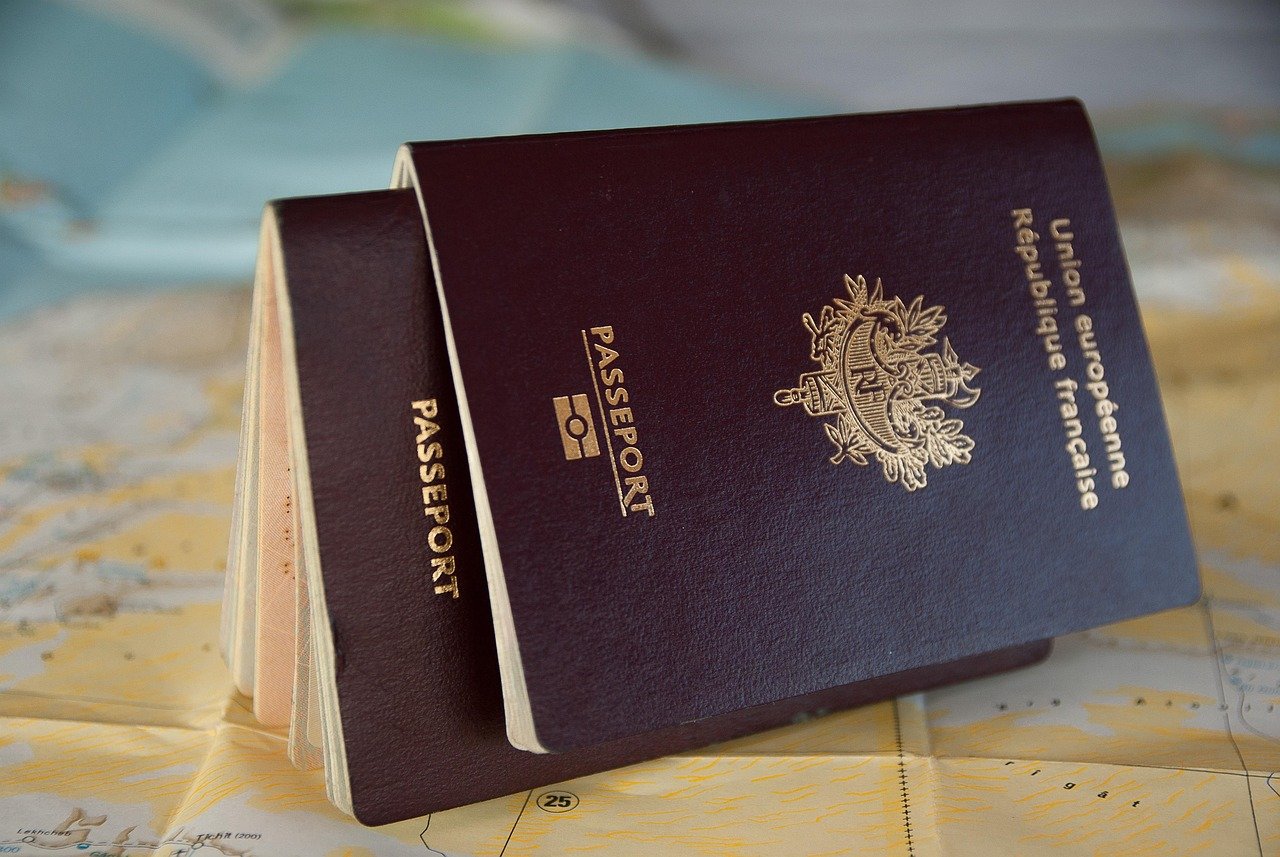The introduction of e-passports is driven by a need for more secure and efficient border checks and to curb the incidents of passport fraud and forgery. These modern passports incorporate a small electronic chip that contains the biometric data of the passport holder. This data typically includes a digital photograph and may also contain fingerprints or iris scans, depending on the country’s specific regulations and technological capabilities.
India’s decision to roll out e-passports is part of its broader efforts to modernize its travel documentation. The Indian government announced that the new passports would be embedded with an electronic microprocessor chip containing personal data of the holder printed on the data page. This transition aligns India with International Civil Aviation Organization (ICAO) guidelines, ensuring that Indian travelers have lesser hurdles while traveling across borders.
Countries like the United States and Canada have been pioneers in this technology, having introduced e-passports several years ago. The US first issued them in 2006 as an enhancement to its already rigorous passport security protocols. Canada followed suit shortly thereafter, introducing e-passports in 2013 to streamline travel without compromising on security measures.
European nations such as France and Italy have also integrated technology within their travel documents as part of the European Union’s collective efforts to secure its borders amidst increasing mobility throughout Schengen Area countries.
Japan stands out in Asia for its early adoption of e-passport technology back in 2006. As an island nation with high volumes of international traffic, Japan saw immediate benefits from adopting such advanced security features which assist in swift yet secure processing at immigration checkpoints.
Brazil and Mexico represent significant adopters in Latin America reflecting regional trends towards tighter security protocols due to various socio-economic pressures and commitments towards global security standards.
The global shift towards e-passports is part of larger efforts regarding international travel security which has seen heightened emphasis post-9/11. It also reflects broader technological integration into everyday governance tools aimed at enhancing both efficiency and safety.
With more countries adopting this technology each year these passports are expected to eventually become ubiquitous across all international travels thus marking another step toward harmonizing global travel protocols whilst respecting individual national securities.initStatements like these not only help facilitate smoother travels but also enhance diplomatic relations by ensuring adherence to internationally recognized standards thereby reducing potential frictions at borders.
As we move forward it’s clear that technology will continue playing a pivotal role in shaping how nations interact build trust amongst each other through such universally accepted tools as chip-based passports ensuring safe seamless border crossings for billions around the globe.



















